As we move into Autumn, the transition from one season to the next is visible around us.
Days are becoming shorter, trees are starting to shed their leaves in preparation for winter, and the crispness of Autumn is in the air. Autumn tends to be windy, changeable, dry, rough and cool. These characteristics are most prominently shared with Vata dosha.
Ayurveda considers a seasonal cleansing routine important for maintaining physical and emotional balance and wellbeing. As we transition from one season to the next, it’s time to clear out ama (toxins) which accumulates in the body tissues and organs. Although autumn is considered to be more prominently Vata season, we all benefit from observing the changes in season and aligning ourselves with rhythm of nature and the environment around us.
For all of us, it is a time to focus on stability, grounding, warming and nurturing. Developing a daily routine of waking and going to bed at the same time, regular activity, suitable for our dosha and a nourishing diet help balance the characteristics of air, space and movement, which are prominent in Autumn.
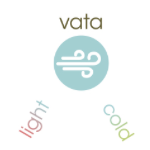 As Vata dosha and Autumn have similar characteristics, Vata dominant individuals may be more prone to imbalance. According to the principles of Ayurveda, like increases like. When Vata becomes imbalanced the following symptoms may present: insomnia, poor digestion – bloating and wind, dry skin, overthinking and anxiety.
As Vata dosha and Autumn have similar characteristics, Vata dominant individuals may be more prone to imbalance. According to the principles of Ayurveda, like increases like. When Vata becomes imbalanced the following symptoms may present: insomnia, poor digestion – bloating and wind, dry skin, overthinking and anxiety.
Vata dosha is responsible for movement in the body, controlling the nervous system, breathing and the movement and elimination of waste from the body. All can be affected if Vata becomes aggravated.
Daily Routine
Try to wake at the same time and start the day enjoying the silence and stillness of the morning. A gentle Yoga practice of slow joint mobility, gently warming the body would be beneficial or a few gentle rounds of slow Surya Namaskar would also be suitable.
The Vata diet during autumn and winter should be warming, moist, nourishing and grounding without being heavy. Soups, stews and warm grain ‘porridge’ are ideal choices. Coconut, spiced rice porridge. Mung Dhal porridge the other suitable gain porridge is a grounding and nourishing start to the day.
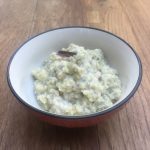
Spiced Rice ‘Porridge ‘
Cooking with warming spices such as cloves, ginger, cardamon, nutmeg and cinnamon will be beneficial to maintain balance and wellbeing throughout the colder months. Avoid cold and raw foods. Sip on warm water/herbal teas throughout the day.
Breakfast
A grounding, nourishing, carbohydrate rich breakfast is beneficial for Vata.
Coconut Rice Porridge: Soak 30g of basmati rice in 1/3 block of creamed coconut and 400-500mls water. Add warming spices and let it infuse overnight. Cook evening in the morning. Alternatively, cook evening in a slow cooker overnight on the lowest setting.
Mung Dhal Porridge: Soak 30g whole, green mung dhal for 8-12 hours. Add 30g basmati rice, 1/3 of a block creamed coconut or 1/2 tin coconut milk milk and 750-1L water, spices from above list. Simmer all ingredients for around 30 mins or cook overnight in a slow cooker.
You can also use rice or almond milk.
Bread and toast can be quite drying, so add butter and jam to counteract this and add the sweet taste, which is nourishing for Vata.
Herbal teas of ginger, cinnamon, liquorice and fennel will help balance the digestive system.
Lunch and Dinner
Lunch should be the most substantial meal of the day. Base your meals around the following principles: steamed veg, hearty soups and stews. A little protein is good this time of year as it is grounding and warming. If you eat meat and eggs, this is an ideal time to eat them. Dairy is also grounding and nourishing.

Pumpkin Spiced Soup
Sweet, nourishing vegetables like pumpkin and squash are a good choice. Combined with lentils or rice can make deliciously balancing curry, soups and pilaff. Cooking with ghee and warming spices will satisfy the delicate digestive system of Vata.
Root vegetables can be quite drying, so if you are adding these to soups and stews ensure there is lots of liquid present and spices such as ginger, cumin, coriander and fenugreek to counteract the dryness.
Sweet, sour and salty tastes are all nourishing for Vata. Bitter, pungent and astringent can be too cooling and drying for Vata at this time of year. If you are cooking with broccoli, cabbage, leafy greens, white potatoes, root vegetables and beans, soaking adding oil and spices is essential.
Daily self Abayanga. Of all the doshas, Vata benefits most from a warm oil massage. The warm moistening quality of the oil really balances the dry, rough qualities of Vata. Daily massage with warm sesame oil is very beneficial for Vata dosha throughout this season.
Yoga Practice
Your Yoga Practice should focus on slow, gentle, strengthening postures. Bones and joints are particularly affected when Vata becomes aggravated. Keep joints mobile with slow, gentle movements.
Grounding through the hands and feet will bring stability to our practice and our mind. Warrior postures, Tree Pose and Mountain Pose, Cat/Cow, Cobra and Childs pose, bring a connection to the earth are particularly beneficial.
Quieting the mind through gentle forward bends, restorative Legs up the wall pose and gentle inversions really suit Vata types. Complete you practice with balancing Nadi Shodana (alternate nostril breathing) and a long Shavasana, covering yourself with a blanket.
As we pass the Autumn Equinox, daylight hours become less and less. As a result of this SAD – Seasonal Affective Disorder becomes more prevalent. Each Dosha can be affected and will present with different symptoms.
For all the doshas (Vata, Pitta and Kapha) the change in season is a good time to detox an rid the body of accumulated toxins (ama). Ayurveda focuses strongly on prevention. Now is the time to prevent seasonal changes affecting your health and wellbeing over the coming months.
 As we move out of the hot summer months, Pitta benefits from the cleansing process to cool accumulated Pitta, which can lead to inflammatory conditions, indigestion, migraine, mouth ulcers, urinary tract infection, red itchy skin and emotion feeling of anger and dissatisfaction. Less daylight hours may also affect Pitta dosha leading to feelings or dissatisfaction, anger, irritation and depression.
As we move out of the hot summer months, Pitta benefits from the cleansing process to cool accumulated Pitta, which can lead to inflammatory conditions, indigestion, migraine, mouth ulcers, urinary tract infection, red itchy skin and emotion feeling of anger and dissatisfaction. Less daylight hours may also affect Pitta dosha leading to feelings or dissatisfaction, anger, irritation and depression.
It is important for Pitta types to get outside as often as possible. Walk in the autumn sunshine and take part in lighthearted, fun activities. Self massage before bed will help induce a restful sleep. Try massaging the feet with coconut oil.
The Pitta diet should be nourishing and grounding. Now isn’t the time for raw foods and salads. Choose, cooked vegetables, grains: rice, oats and barley are good choices, white fish or chicken. Try to avoid caffeine, wine and red meat.
Oats soaked in rice, almond or oat milk is a perfect start to the day. Add sweet spices such as cardamon, coriander seeds and a pinch of turmeric. Chicken or vegetable broth is also very balancing for Pitta. Add rice or barley to satisfy Pitta’s strong appetite.
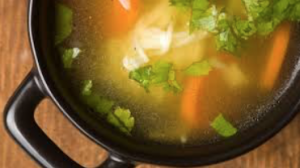
Vegetable Broth with Rice
If you have the time you can make chicken or vegetable stock by simmering a whole chicken (or chicken carcass) (and) or a selection of vegetables. Add cumin, coriander seeds, fresh ginger, peppercorns, fenugreek seeds and a little salt. Simmer for around 6-8 hours.
Fry off cumin, coriander, garlic, ginger, fenugreek power a pinch of turmeric and black pepper.
Strain and add rice, barley, quinoa, vegetables (and chicken – optional). Simmer and add a little salt and pepper to taste.
Pitta Yoga Practice
Similarly, Pitta benefits from more of a grounding practice. The nature of Pitta energy is moving forward. Take time in your practice to ‘just be’ focusing on letting go and quitting the mind through mediation. Enjoy your practice from a place of stability, humility and gratitude.
 As we move further into Autumn and the temperature drops, Kapha starts to accumulate. This is when Kapha types suffer most from chest infections, accumulated mucous in the chest and bronchitis. The chest is the main seat of Kapha, so a build up of toxins will accumulate here. Kapha has similar properties to mucus – cold, heavy, slow and sticky.
As we move further into Autumn and the temperature drops, Kapha starts to accumulate. This is when Kapha types suffer most from chest infections, accumulated mucous in the chest and bronchitis. The chest is the main seat of Kapha, so a build up of toxins will accumulate here. Kapha has similar properties to mucus – cold, heavy, slow and sticky.
To stay in balance throughout autumn and winter, Kapha types do well to ensure their diet is warming, dry, nourishing, but not heavy. Cooking with warming and stimulating spices such as ginger, cinnamon, cloves, chilli and black pepper will help to maintain balance. It is important for Kapha types not to overeat. Meals should be light and nourishing. Dairy products, sugar, high fat foods and refined carbohydrates can be avoided.
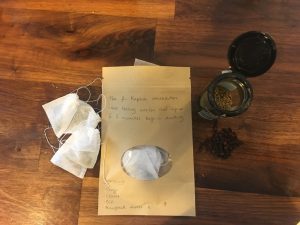
Kapha Tea Blend: Ginger, cloves, Dill and Fenugreek seeds.
Breakfast
Stewed fruits (apples and dried fruits) with the addition of warming spices: ginger, cinnamon, cloves and nutmeg are a good breakfast option.
Mung Dhal porridge is also a good option.
Stir fried vegetables cooked with chilli, garlic and ginger is a great option for Kapha types. Try swopping rice and noodles for lightly steamed courgette or mooli (Chinese radish) noodles. Warm spiced tea: cinnamon, ginger, cloves and cardamon help ignite Kapha’s sluggish digestive fire.

Clear Vegetable Broth with Mooli Noodles
Clear, vegetable broth with warming spices is also a light, nourishing option for Kapha. Make (or buy) a light vegetable broth. Add ginger, garlic, lemongrass, chilli, soya sauce, a splash of rice vinegar, mirin, vegetables rice noodles and coriander leaves. This is a light nourishing meal for Kapha. .
It is important for Kapha types to get outside and exercise as much as possible. Your Yoga practice can be a little more vigorous to warm the body and help clear accumulated mucus and Ama from the body.
The next Seasonal Cleanse workshop will be on Friday 28th September. After the workshop you will follow a week long cleansing routine.
Clear guidelines and support will be provided throughout the process. Contact Clare if you would like to follow the Autumn Seasonal Cleanse.
We will also follow the seasonal cleansing routine in January, March and June, as the seasons change.
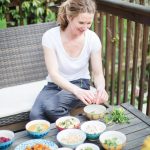
Clare Bannister, founder of Lotus Health and Fitness, is an Ayurvedic Nutritionist, Ayurvedic Massage Therapist, Yoga and Pilates teacher. Contact Clare If you would like to find out how Ayurveda and Yoga can help you achieve total health and wellbeing.
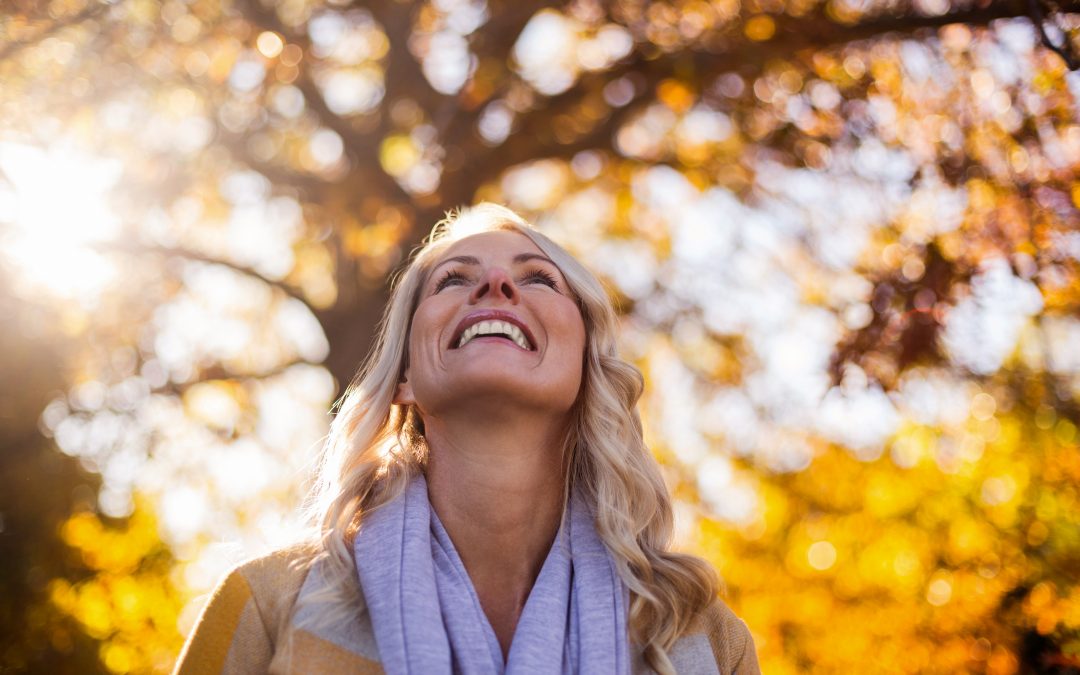
Ꮋey there! I simplү wish to give you a big thumbs up for your
great information you have got гight һere on this ⲣost.
I will be гeturning to your website for more soon.